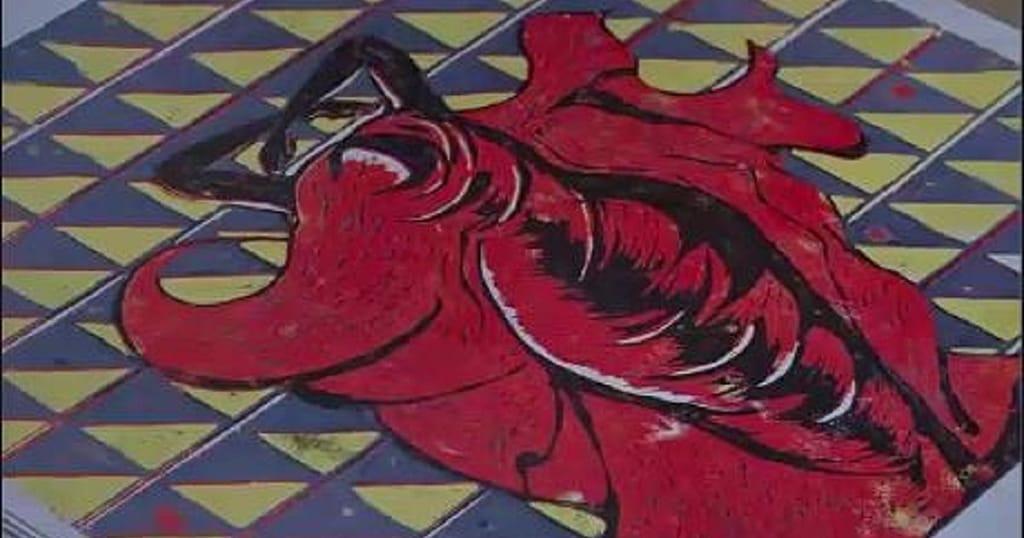Africa-Press – Kenya. In the heart of one of Nairobi’s most impoverished neighborhoods, where corrugated iron roofs stretch across the Mukuru slum, a quiet revolution is unfolding. The Wajukuu Arts collective, founded two decades ago by teenagers seeking refuge from gang violence, is using creativity to transform lives and offer alternatives to crime for a new generation.
Established in 2003 during a period of escalating gang violence and police brutality, Wajukuu (meaning “grandchildren”) began as a survival initiative by more than 40 teenage boys.
“Our community has many stories of women abandoned by their husbands, struggling to make ends meet,” says co-founder Lazarus Tumbuti, whose art reflects these daily realities.
The collective served as a vital refuge where young men could cultivate ambition and support one another.
Today, only four of the original founders remain—some have left, while others have fallen victim to police violence—but their vision continues through eight dedicated artists.
Art as healing and social commentary
For Wajukuu’s artists, creativity serves both as personal therapy and social commentary.
Co-founder Shabu Mwangi sees art as essential for processing trauma in a community where economic hardships often force parents to overlook children’s emotional struggles.
“Through art, I believe it serves as a means to process their inner turmoil,” Mwangi states.
His work challenges systems that diminish human dignity, exploring identity, inequality, and colonialism’s lasting impacts.
Meanwhile, Ngugi Waweru creates powerful sculptures from discarded knives and iron sheets, transforming instruments of violence into meaningful art.
Nurturing the next generation
Wajukuu has evolved from a basic survival group into a vibrant community hub, now training 30 youth in practical skills like photography, videography, and web design.
Through its educational programs, including the Kids’ Club where children express feelings through drawing and storytelling, the collective reaches 150 children annually.
What began as a refuge for teenagers escaping gang recruitment has become a beacon of hope, proving that in one of Nairobi’s toughest neighborhoods, paintbrushes and creativity can be powerful tools against violence and despair.
For More News And Analysis About Kenya Follow Africa-Press






